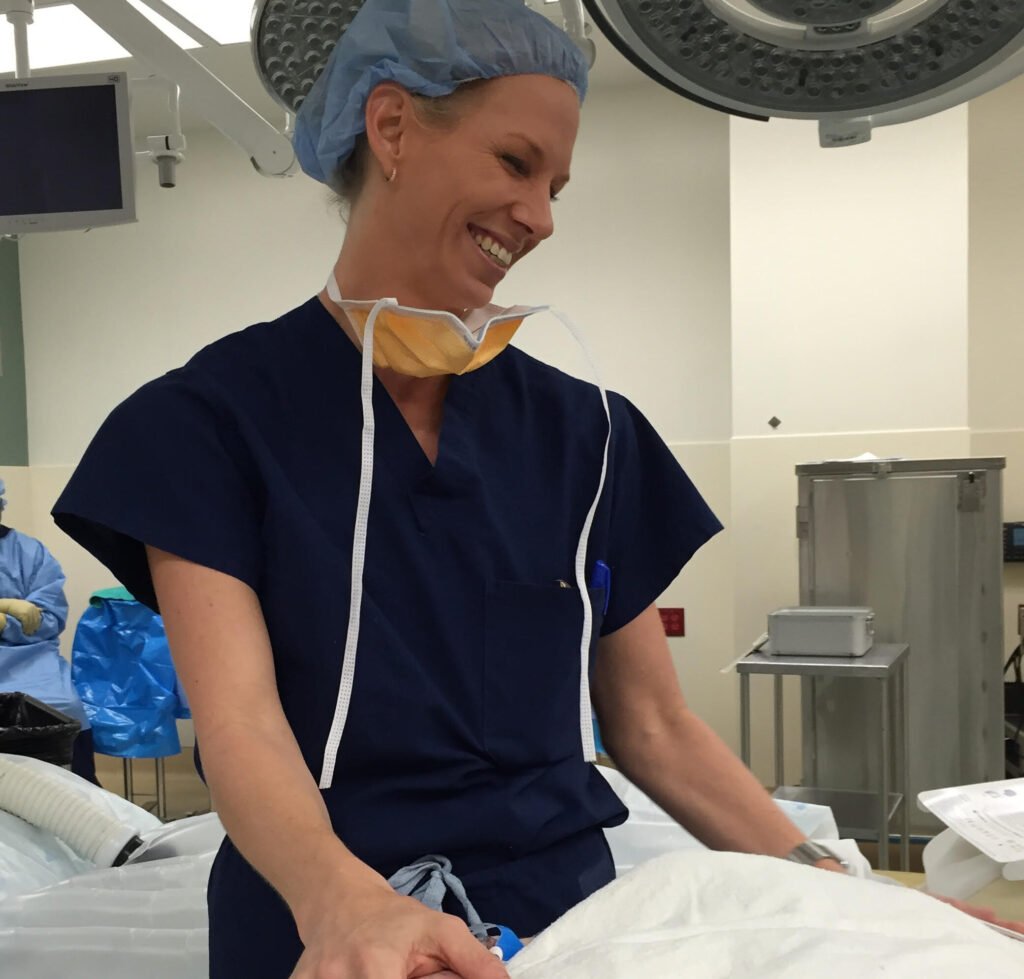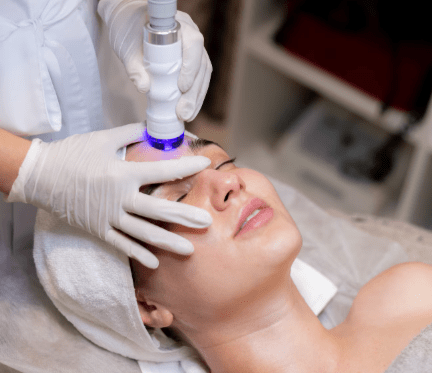Are you bothered by sagging skin, a double chin, or deep neck bands that add years to your appearance? A neck lift, also known as lower rhytidectomy, is a transformative cosmetic procedure designed to restore a youthful contour to the neck and jawline. Whether you’re noticing signs of aging or have recently lost significant weight, this procedure can redefine your profile and boost your confidence.
What Is a Neck Lift?
A neck lift is a surgical procedure that targets loose skin, fat accumulation, and weakened neck muscles. It addresses:
- Sagging or excess neck skin
- Horizontal neck bands (platysmal bands)
- Double chin or submental fat
- Jawline definition loss
This procedure is often performed on its own or in combination with a facelift, liposuction, or chin augmentation for more comprehensive facial rejuvenation.
Who Is a Good Candidate for a Neck Lift?
You may be a good candidate for a neck lift if you:
- Are in good general health
- Have realistic expectations
- Are experiencing sagging skin or excess fat under the chin
- Feel self-conscious about the appearance of your neck or jawline
It’s ideal for individuals in their 40s to 70s, though younger candidates with hereditary fat deposits or early skin laxity may also benefit.
Types of Neck Lift Procedures
There are several techniques depending on your concerns and anatomy:
1. Traditional Neck Lift
- Involves incisions behind the ears and under the chin
- Tightens muscles (platysmaplasty), removes fat, and repositions skin
- Best for moderate to severe skin laxity and muscle banding
2. Mini Neck Lift
- Less invasive with shorter incisions
- Focuses on mild sagging and early signs of aging
- Quicker recovery
3. Neck Liposuction
- Removes localized fat under the chin
- Suitable for younger patients with good skin elasticity
- Can be combined with other neck lift techniques
The Procedure: What to Expect
- Consultation & Customization: Your plastic surgeon will assess your neck anatomy, skin quality, and goals.
- Anesthesia: Most procedures are performed under general anesthesia or local anesthesia with sedation.
- Surgery: Depending on the chosen method, the surgeon will remove excess fat, tighten underlying muscles, and trim or reposition the skin.
- Incision Closure: Incisions are carefully closed and hidden behind the ears and under the chin.
- Recovery: Compression garments may be used, and bruising/swelling typically subsides in 1–2 weeks.
Recovery Timeline
- Days 1–3: Swelling, bruising, tightness. Pain is usually minimal and manageable.
- Week 1: Sutures are removed. Most patients resume light activities.
- Week 2–3: Bruising fades; you can return to work and social outings.
- Week 4 and beyond: Results become more refined as residual swelling disappears.
Full results are typically visible within 3 months and can last 10–15 years, depending on lifestyle and skin quality.
Benefits of a Neck Lift
- Improved jawline definition
- Smoother, firmer neck contour
- More youthful overall appearance
- Enhanced self-confidence
- Long-lasting results
Neck Lift vs. Non-Surgical Alternatives
While non-invasive treatments like Ultherapy, Kybella, or HIFU offer mild improvement, they cannot replace the dramatic, long-lasting effects of a surgical neck lift. Patients with significant sagging or muscle banding are usually best served by surgery.
Choosing the Right Surgeon
For optimal results:
- Choose a board-certified plastic surgeon with experience in facial rejuvenation.
- Review before-and-after photos.
- Ask about techniques used, recovery support, and combined procedures (e.g., facelift or chin implant).
Final Thoughts
A neck lift can dramatically enhance your appearance and restore a smooth, youthful neckline. If you’re frustrated by signs of aging in your lower face and neck, this procedure might be the solution you’ve been seeking.
Considering a neck lift in Korea or abroad? Medical tourism options offer high-quality care at competitive prices. Be sure to research clinics thoroughly, check reviews, and plan for proper aftercare.




